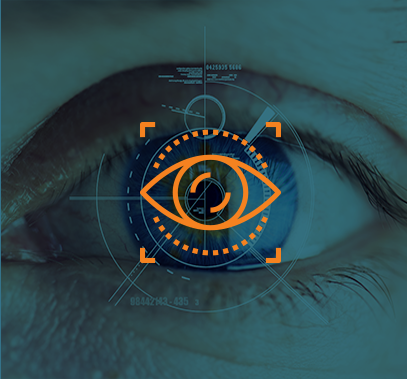Headaches are a common affliction that many of us experience from time to time. While various factors can trigger headaches, one often-overlooked culprit is eyestrain. As we spend more time on digital devices and engage in screen-related activities, our eyes are put to the test, leading to eyestrain that can manifest as headaches.
Understanding Eyestrain
Eyestrain, also known as digital eye strain or computer vision syndrome, occurs when our eyes are overused during prolonged screen time. Focusing on screens for extended periods can lead to eye fatigue, dryness, and blurred vision. Additionally, reduced blinking while staring at screens can cause the eyes to feel dry and irritated.
The Headache Connection
Eyestrain-induced headaches typically occur due to the following reasons:
a. Eye Muscle Fatigue: As we concentrate on screens, the eye muscles work continuously to maintain focus. Over time, this strain can lead to eye muscle fatigue, contributing to headaches.
b. Light Sensitivity: Bright screens or excessive glare can cause light sensitivity, triggering headaches in susceptible individuals.
c. Posture and Neck Strain: Poor posture during screen use, such as leaning too close to the screen or tilting the head forward, can lead to neck strain. This strain can radiate to the head, causing tension headaches.
Preventive Measures
To reduce the incidence of headaches caused by eyestrain, consider the following preventive measures:
a. The 20-20-20 Rule: Take a break from screens every 20 minutes by looking at an object at least 20 feet away for 20 seconds. This practice relaxes eye muscles and reduces eye fatigue. This rule is for adults with eyestrain. For kids and teens, it is recommended to take a 5 minute break every 30 minutes when using any handheld digital device.
b. Optimal Lighting: Ensure adequate lighting in your workspace and reduce glare from screens. Balanced lighting minimizes strain on the eyes and can help prevent headaches.
c. Adjust Screen Settings: Optimize screen brightness, contrast, and font size to reduce eye strain and sensitivity to light.
d. Posture: Sit upright and have the top of your computer screen at or below eye level
The Role of Vision Correction
a. Updated Prescription: Individuals who need vision correction but don’t wear glasses or use outdated prescriptions may experience more significant eyestrain, leading to headaches. Regular eye exams and wearing appropriate eyeglasses or contact lenses can improve visual comfort and minimize headaches associated with eyestrain.
b. Eyezen Anti-Fatigue lenses: I am excited about the emergence of Ant-Fatigue eyewear built into glasses or contact lenses. The technology continues to improve. At my clinic, we fit these often for adults and kids who spent hours on screens daily to help reduce eyestrain and fatigue. The newest one built is for a daily disposable contact lenses from Cooper Vision.
In Summary
The correlation between headaches and eyestrain underscores the importance of caring for our eyes in the digital age. By recognizing the impact of prolonged screen time on our eyes, we can take proactive steps to reduce eyestrain and the subsequent headaches.
Prioritizing our eye health through regular breaks, proper lighting, and vision correction empowers us to enjoy our screen time without unnecessary discomfort. By nurturing our visual well-being, we unlock the potential for a more pleasurable and headache-free lifestyle.
Your eyes are the windows to the world, and taking care of them contributes to a happier, healthier, and more vibrant existence. Embrace these simple strategies, and bid farewell to the headache puzzle—unlocking the perfect harmony between eye comfort and a headache-free life.
References:
- Sheppard AL, Wolffsohn JS. Digital eye strain: prevalence, measurement and amelioration. BMJ Open Ophthalmol. 2018;3(1):e000146.
- Rosenfield M. Computer vision syndrome: a review of ocular causes and potential treatments. Ophthalmic Physiol Opt. 2011;31(5):502-515.
- Headache Classification Committee of the International Headache Society (IHS). The International Classification of Headache Disorders, 3rd edition. Cephalalgia. 2018;38(1):1-211.





